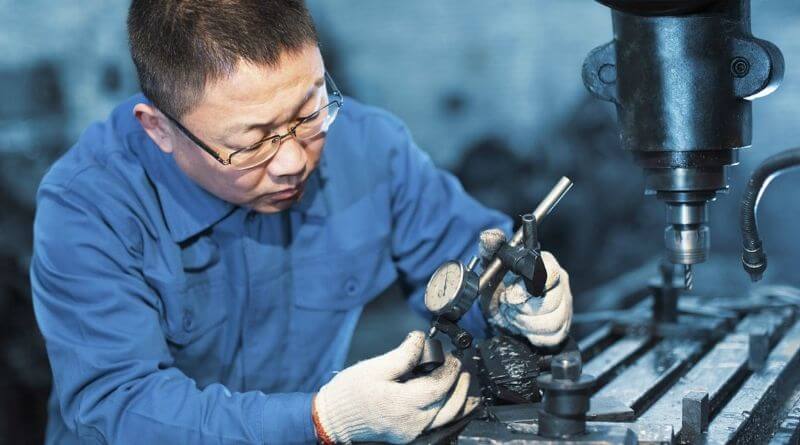What is Die Stamping?

Die stamping, also known as metal stamping, is a manufacturing process used for creating parts and components from sheet metal or other forms of metal. The process involves placing a piece of metal between two dies and using pressure to shape the metal into the desired form.
Types of Die Stamping
There are two primary types of die stamping: Progressive and Transfer stamping.
Progressive stamping is a process where the metal is fed through a series of dies, each of which performs a specific operation, and the final product is achieved at the end of the line. Transfer stamping is a process where the metal is transferred to a different station for each operation, and the final product is achieved after several transfers.
Metals Used in Die Stamping
Die stamping can be used with various metals, but the choice of metal depends on the requirements and functionality of the component being produced. The most commonly used metals in die stamping are steel, aluminum, and copper. Steel is widely used for its strength, durability, and machinability. Aluminum is lightweight and easy to form, making it ideal for creating complex shapes. Copper is used for electrical components due to its conductivity.
Operations Involved in Die Stamping
Die stamping involves a series of operations, including:
1. Blanking: A process of cutting the sheet metal to the desired shape and size.
2. Bending: A process of bending the metal to the desired angle or shape.
3. Drawing: A process of creating a cup-shaped component by drawing the metal into a die through a cavity.
4. Embossing: A process of creating a raised or recessed design on the surface of the metal.
Production Methods for Die Stamping
Die stamping can be produced using either manual or automated methods. Manual methods involve the use of simple hand tools and presses, while automated methods involve the use of programmable machines and robotic systems.
In automated die stamping, the entire process is computer-controlled, from the design stage to the final production. The use of automated systems ensures high consistency in the production process, reduces the production time, and increases the production speed and accuracy.
Benefits of Die Stamping
Die stamping is a cost-effective manufacturing process that offers several benefits, including:
1. High precision and accuracy
2. Large volume production
3. Reduced time and cost of production
4. Wide range of materials that can be used
5. Ability to produce complex shapes
Conclusion
Die stamping is a widely used manufacturing process that produces high-quality metal components with great precision and accuracy. The process involves several stages, including blanking, bending, drawing, and embossing, and can be produced using either manual or automated methods.
Furthermore, the process is broadly classified into two types, progressive and transfer stamping, both of which use specialized dies and presses to shape the metal into the desired form. The choice of metal depends on the component's requirements and functionality, and the production method can be manual or automated. The die stamping process offers several benefits, including high precision, large volume production, and a wide range of materials that can be used.